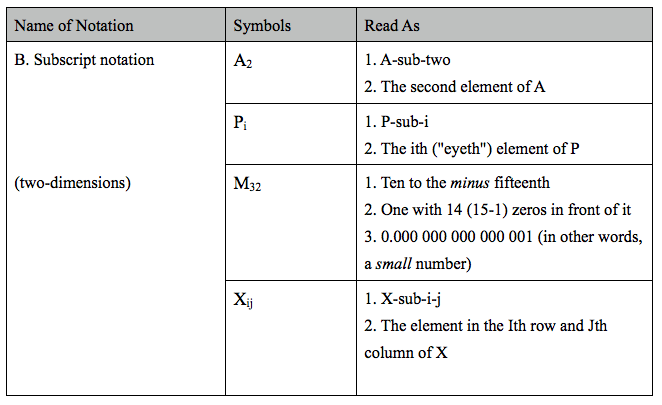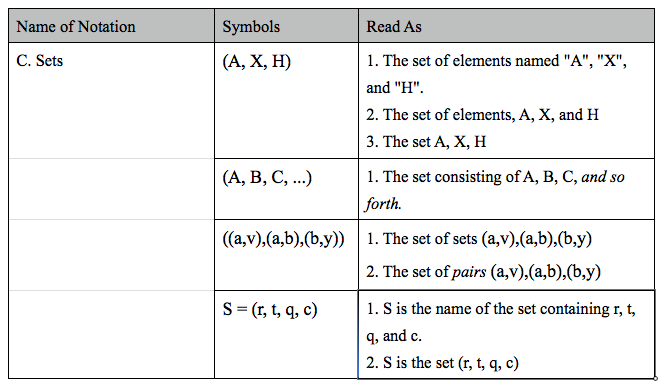
1. R. W. Gerard, "Units and Concepts in Biology." Modern Systems Research for the Behavioral Scientist, Walter Buckley, Ed., pp. 51 58. Chicago: Aldine, 1968.
2. Mikhael Bakunin, God and the State. New York: Dover, 1970.
3. R. F. Dabenmire, Plants and Environment, p. 272. New York: Wiley, 1959.
4. Charles Gregg, Ed., American Environmental Studies. (Forty-two volumes) New York: Amo Press, 1970.
5. L. A. Zadeh and C. A. Desoer, Linear System Theory. New York: McGraw-Hill, 1963. Stability in nonlinear systems of various types is, of course, a more difficult topic mathematically. The interested reader may find the following reference helpful. (Prerequisites: matrices, differential equations, and linear systems.)
Jack M. Holtzman, A Functional Analysis Approach Englewood Cliffs, N.J.: Prentice-Hall, 1970.
6. W. J. Cunningham, "The Concept of Stability." American Scientist, 53, 431 (December 1963). Reprinted by permission of American Scientist journal of Sigma Xi, The Scientific Research Society of North America.
7. T. Parsons and E. A. Shils, Toward a General Theory of Action, p. 107. Cambridge, Mass.: Harvard University Press, 1951.
8. Michael A. Duguay, "Light Photographed in Flight." American Scientist, 59,550 (Sept. Oct. 1971).
9. Charles Darwin, On the Origin of Species (Facsimile edition). Cambridge, Mass.: Harvard University Press, 1964.
10. Julian Steward, Theory of Culture Change, p. 184. Urbana: University of Illinois Press, 1963.
11. John Von Neumann, Theory of Self-Reproducing Automata. Urbana: University of Illinois Press, 1966.
12. W. Ross Ashby, Introduction to Cybernetics, p. 9. New York: Wiley, 1961.
13. See, for example, Harry C. Andres, Introduction to Mathematical Techniques in Pattern Recognition. New York: Wiley, 1972.
Paul A. Kolers and Murray Eden, Eds., Recognizing Patterns: Studies in Living and Automatic Systems. Cambridge: MIT Press, 1968.
14. See, for example: R. Duda and P. Hart, Pattern Classification and Scene Analysis. New York: Wiley, 1973.
15. William Butler Yeats, "Among School Children." From Collected Poems. New York: Macmillan, 1956.
16. D. O. Hebb, The Organization of Behavior. New York: Wiley, 1949.
17. Herbert Spencer, The Principles of Sociology, pp. 447-448. New York: Appleton-Century-Crnfts, 1904.
18. Nils J. Nilsson, Learning Machines. New York: McGraw-Hill, 1965.
19. Hans Selye, The Stress of Life. p. 54. New York: McGraw-Hill, 1956. Used with permission of McGraw Hill Book Company.
20. Crane Brinton, The Anatomy of Revolution, pp. 15-16. New York: Vintage Books, 1965.
21. P. W. Bridgman, The Way Things Are, p. 13. Cambridge: Harvard University Press, 1959.
22. Robert S. Morison, "Death: Process or Event?" Science, 173, 694 (August 20, 1971).






~~~~~~~~~~~~~~~~~~~~~~~~~~~~~~~~~~~~~~~~~~~~~~~~~~~~~~~~~~~
If you enjoyed this Volume, you can find the rest of the Quality Management series and my other books listed at the Smashwords Store:
http://www.smashwords.com/profile/view/JerryWeinberg?ref=JerryWeinberg
~~~~~~~~~~~~~~~~~~~~~~~~~~~~~~~~~~~~~~~~~~~~~~~~~~~~~~~~~~~
NASA's Astronomy Picture of the Day (2010 August 22)
Hoag's Object: A Strange Ring Galaxy
Credit: R. Lucas (STScI/AURA), Hubble Heritage Team, NASA
Explanation: Is this one galaxy or two? This question came to light in 1950 when astronomer Art Hoag chanced upon this unusual extragalactic object. On the outside is a ring dominated by bright blue stars, while near the center lies a ball of much redder stars that are likely much older. Between the two is a gap that appears almost completely dark. How Hoag's Object formed remains unknown, although similar objects have now been identified and collectively labeled as a form of ring galaxy. Genesis hypotheses include a galaxy collision billions of years ago and the gravitational effect of a central bar that has since vanished. The above photo taken by the Hubble Space Telescope in July 2001 reveals unprecedented details of Hoag's Object and may yield a better understanding. Hoag's Object spans about 100,000 light years and lies about 600 million light years away toward the constellation of the Snake (Serpens). Coincidentally, visible in the gap (at about one o'clock) is yet another ring galaxy that likely lies far in the distance.